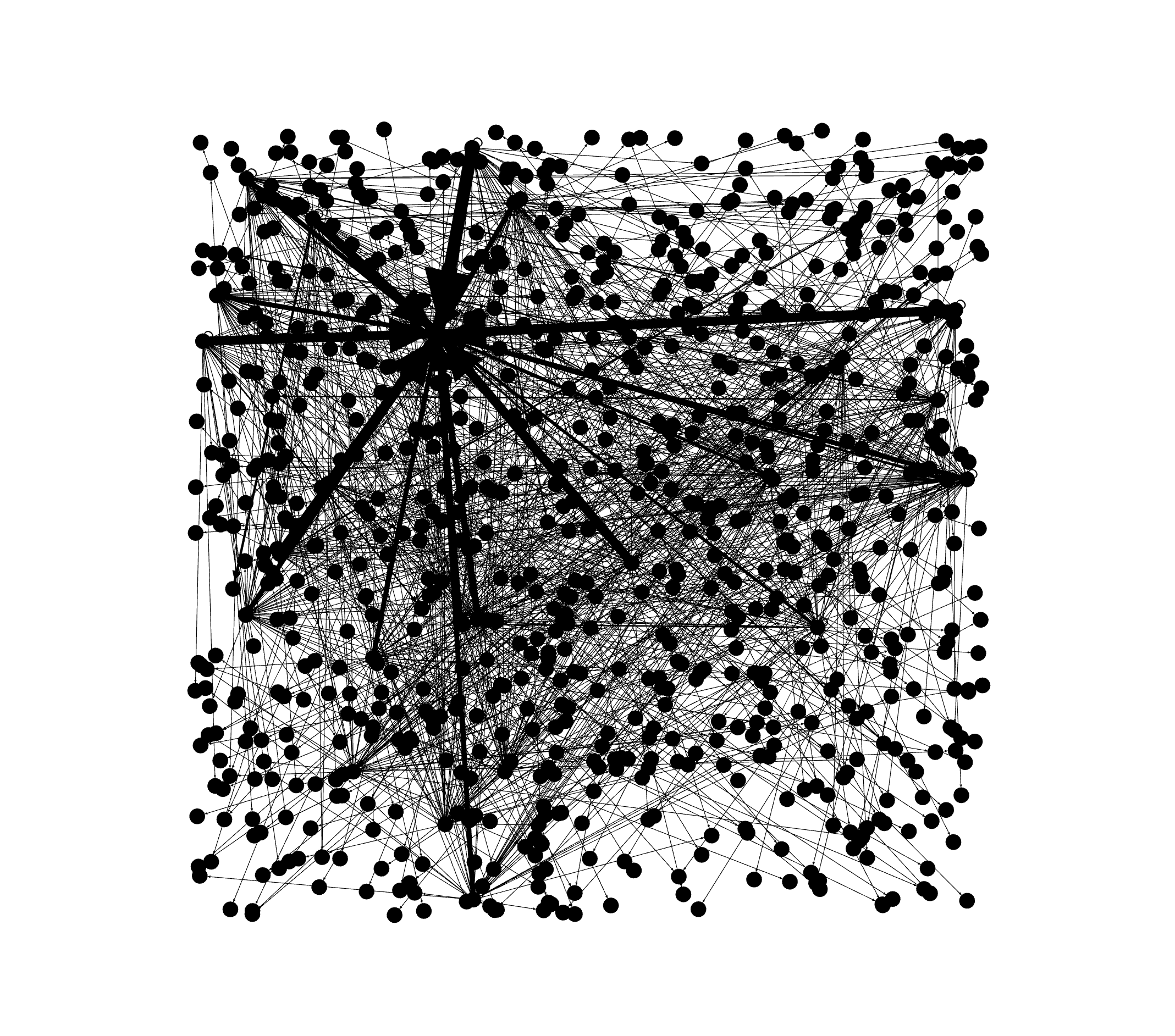Data Visualization using Python
Python has several powerful libraries for data visualization, including Matplotlib, Seaborn, Plotly, and Bokeh. These libraries provide a variety of charts, graphs, and other visualizations to help users interpret and analyze their data. Matplotlib is a widely used library for creating static visualizations, such as line charts, scatter plots, and bar charts. Seaborn provides a higher-level interface to Matplotlib, with built-in styles and color palettes for creating more attractive and informative visualizations.
~ import pandas as pd
~ import seaborn as sns
The two lines of code that import two Python libraries, pandas and seaborn. pandas is a popular open-source data analysis and manipulation library for Python. It provides various data structures and functions for working with tabular data, including reading and writing data in various formats, selecting and filtering data, and aggregating and transforming data. sns is an abbreviation for Seaborn, a Python data visualization library that is built on top of matplotlib. It provides a higher-level interface for creating visually appealing and informative statistical graphics. By importing these two libraries using the pd and sns aliases, respectively, you can then use their functions and methods in your Python code to analyze and visualize data in a more efficient and effective manner.
Data Visualization using D3.js
D3.js (Data-Driven Documents) is a powerful JavaScript library used for data visualization. It allows developers to create interactive and dynamic visualizations using HTML, CSS, and SVG. D3.js provides a wide range of data visualization tools and techniques, including bar charts, line graphs, scatterplots, and more. One of the key features of D3.js is its ability to bind data to DOM (Document Object Model) elements, allowing for data-driven updates to the visualization. This means that changes in the underlying data can automatically update the visualization, making it easy to keep your visualizations up-to-date with the latest data. D3.js also provides a robust set of tools for manipulating data and creating custom visualizations. This allows developers to create highly customized and unique visualizations that are tailored to the needs of their specific projects.
About the Data
The table provides data on the production of rice, wheat, coarse cereals, pulses, and food grains in different states of India for five years, from 2011-12 to 2015-16. The figures are in thousand metric tonnes (TMT).
Andhra Pradesh, the largest producer of rice, produced 3302 TMT of rice in 2011-12, which decreased to 3106 TMT in 2012-13, and then further decreased to 2852 TMT in 2013-14. However, the production increased to 3022 TMT in 2014-15 and 3383 TMT in 2015-16. In contrast, the state did not produce any data on the production of wheat in 2011-12, 2013-14, and 2015-16. Still, the production of wheat was 500 TMT and 1000 TMT in 2012-13 and 2014-15, respectively.
Assam produced 1780 TMT of rice in 2011-12, which increased to 2061 TMT in 2012-13 and then further increased to 2093 TMT in 2013-14. However, the production decreased to 2084 TMT in 2014-15 and remained the same in 2015-16. The state also produced a considerable amount of wheat, coarse cereals, and pulses during these years.
Bihar's rice production increased from 2155 TMT in 2011-12 to 2282 TMT in 2012-13 but decreased to 1759 TMT in 2013-14. It then increased to 1948 TMT in 2014-15 and 2003 TMT in 2015-16. The state also produced a substantial amount of wheat, coarse cereals, and pulses during these years.
Chhattisgarh's rice production remained relatively constant during the five years, ranging from 1597 TMT in 2011-12 to 1766 TMT in 2013-14. However, the production of wheat, coarse cereals, and pulses decreased during these years.
Gujarat's rice production varied from 2141 TMT in 2011-12 to 2329 TMT in 2014-15 and then decreased to 2186 TMT in 2015-16. The state also produced a substantial amount of wheat, coarse cereals, and pulses during these years.
Haryana's rice production ranged from 3044 TMT in 2011-12 to 3061 TMT in 2015-16. The state also produced a significant amount of wheat, coarse cereals, and pulses during these years.
Himachal Pradesh's rice production fluctuated during the five years, with the highest production of 1728 TMT in 2014-15 and the lowest production of 1318 TMT in 2015-16. The state also produced a considerable amount of wheat, coarse cereals, and pulses during these years.
Jammu & Kashmir's rice production was highest in 2012-13, with 3126 TMT, but decreased to 1553 TMT in 2014-15 and further to 1490 TMT in 2015-16. The state also produced wheat, coarse cereals, and pulses during these years.


